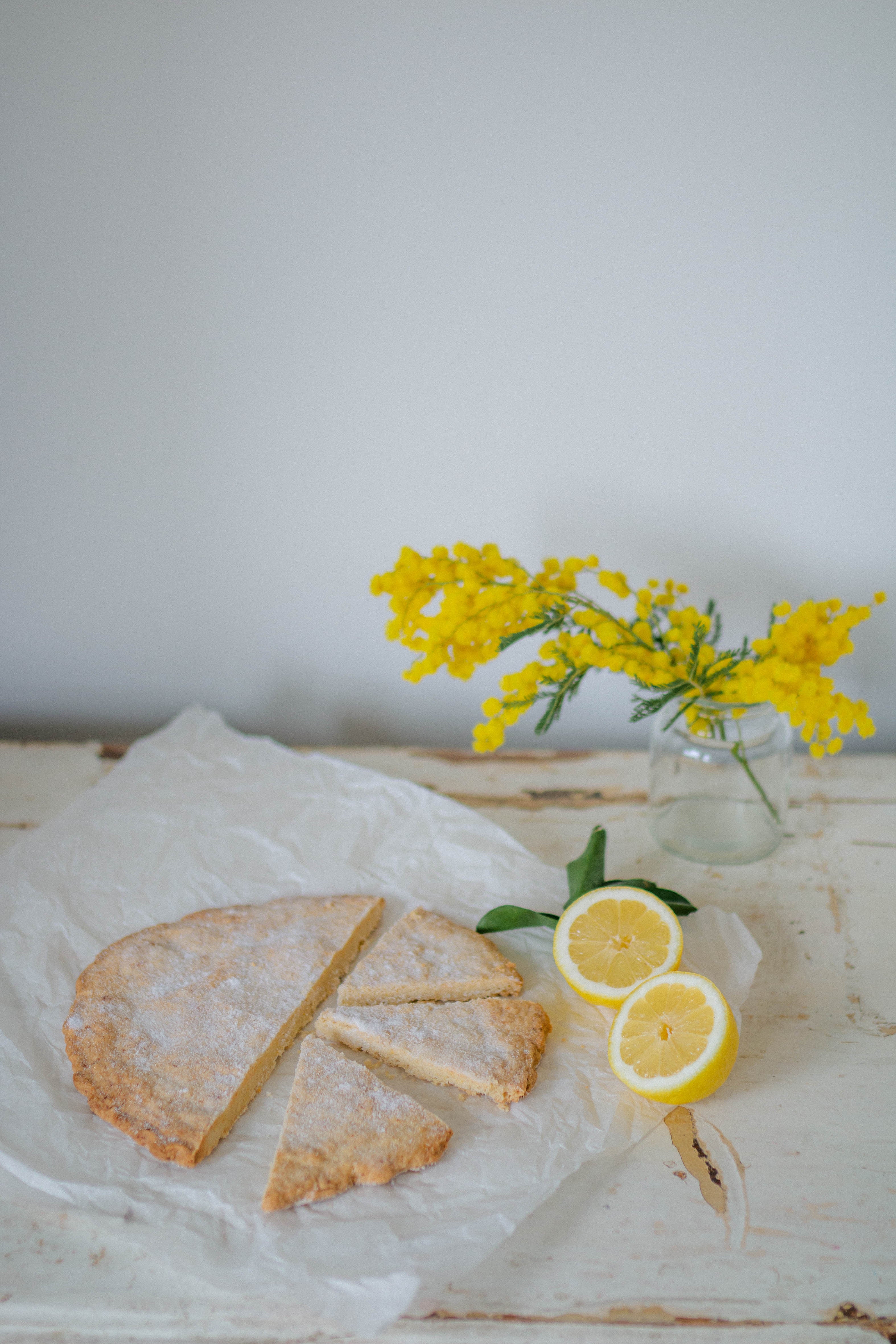May 2021
We're so excited to share another monthly journal written by the lovely Lola Jones, also known as @pocketfullofbuttercupson Instagram. Lola is a wonderful photographer and all round creator of beautiful content, raising her twin daughters Maya and Chloe from her house near the Peak District. Each month she will give us a small glimpse into her world, inspiring you with activity ideas, recipes and more.

Spring half-term is upon us and this week we have been enjoying local walks, seasonal crafts and activities. And although the recent weather has left us wishing for better, we have gathered a few inspiring projects that you will hopefully love and have a go at making whatever the weather.

Wild Flower Crown
Simple flower crowns are incredibly easy to make yourself. All you need is seasonal blooms, floral wire, floral tape and a ribbon or a string. I used the same rustic floral wire we used for our Watercolour Paper Flowers craft I shared in our February newsletter.
We made our flower crowns during one of our walks. We gathered some wild flowers in the local park: buttercups, cow parsley, forget-me-nots, green alkanet, hawthorn blossom and some apple blossom.
Here are the steps I followed:
Step 1: Measure the head of the person you are making the crown for. I didn’t do a full circle, instead, I used the wire to wrap about three quarters of the head and made a loop at each end.
Step 2: Make a few short bunches from the flowers you have gathered. Depending on how full your bunches are, you will need about 5-7. Wrap the stems with the floral tape to secure the flowers together.
Step 3: Start attaching your bunches of flowers to the wire with more floral tape. Start at one end and attach the flowers along the wire in the same direction until you reach the end.
Step 4: Add a ribbon through the loops and finish with a bow at the back. This will help you adjust the fit if needed.
To keep your flower crown fresh for a couple of days, lay them in just enough cold water to cover the bottom of the crown.
Clay Garden Labels
Following their return to the classroom after a rather long break, Maya and Coco’s school has been focusing on wellbeing and social aspects. They have been doing a lot of outdoor activities such as gardening and the girls have been bringing home little pots with things they have planted - broad beans and sunflowers. They also have a plant diary, where they are meant to write down their observations and things that they have done to help their plants grow.
This inspired our next craft - homemade clay garden labels and seed sachets. We really enjoyed making these together and I think they would make a lovely little gift too.
What you need:
- DAS White Modelling clay
- Rolling pin
- Knife
- Alphabet stamps
- Clear acrylic spray (we used this one: https://www.amazon.co.uk/gp/product/B002SP7YZE/ ref=ppx_yo_dt_b_asin_title_o00_s00?ie=UTF8&psc=1)
Steps:
1. Roll out a piece of the modelling clay with the rolling pin until about 0.5cm thick.
2. Cut out your tags with a knife. We weren’t too precise with ours and they turned out quite rustic, between 10 - 14cm long and 1 - 1.5 cm wide.
3. Press the alphabet stamps into the tags. Take care not to press too hard or it will go right through the clay. We stamped our names and the names of the plants.
4. Let the clay dry overnight. Once dry, spray with a clear coat of acrylic spray to seal.
5. Put the tags into the pots with your seedlings to personalise them or to make little gifts, add some envelopes with seeds, place your handmade tag on top and tie with a string.
Herb Infused Strawberry Lemonade
You will need:
250g caster sugar
250g water
200g strawberries
Lemon
Small bunch thyme or basil.
(If using basil, first reserve the nicest leaves for garnish and just use the stems and other leaves
for the infusion)
Method:
Pour the sugar and water into a pan. Remove the zest from one lemon using a peeler and add the zest to the pan. Reserve the lemon as you will need the juice later. Wash the strawberries, chop into smaller pieces, remove and discard the stem and leaves. Add the strawberries to the pan and turn on the heat, giving a quick stir. Bring to the boil, then turn down to a simmer until the strawberries have lost almost all their colour (around 20mins). At this point add the herbs, give it a gentle stir, and turn off the heat. Leave to infuse for no more than a few minutes, before straining the mixture through a fine sieve, or preferably a coffee filter. Leave to cool before chilling in the
fridge. So not to waste anything, you can use the strawberries and make it into a compote for your porridge or as a yoghurt topping.
To make the drink, use 2 parts strawberry syrup to 1 part lemon juice (adjust to taste), in a tall glass filled with ice, and top up with sparkling water. Garnish with fresh herbs and/or lemon and/or fresh strawberries.
For a grown-up version, use sparkling wine instead of sparkling water and serve without ice in a champagne flute with a strawberry garnish.






























